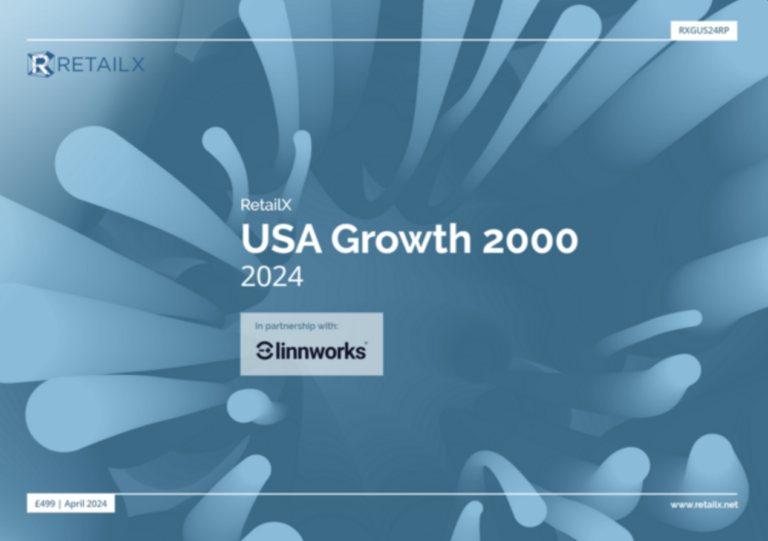Amazon Prime Day kicks off in a few short hours and it promises to be the usual manic period of selling and mayhem. Retailers, brands and Amazon itself are all hoping for it to be bigger and better than ever – and it looks set to be so.
According to Periscope By McKinsey, as many as 70% of us will be shopping on Amazon over the Prime Day 48 hours, as well as turning to other online retailers to also mop up some bargains.
In fact, the event should be a welcome shot in the arm for many retailers who have an online arm as, despite the discounting, it can produce a massive spike in sales at an otherwise dead time. Who knows, it may even drive some shoppers into stores as well as a wave of shopping hysteria sweeps the world.
For Amazon there are also many benefits, aside from swelling its already bulging coffers. There are already some 100 million Prime members worldwide and the marketplace will be looking to add more over the coming days.
However, could it be running out of steam? Some recent consumer data from digital services and solutions firm Avionos, which looks at consumer sentiment toward Amazon when shopping online finds that online shoppers are most likely to start product searches with Amazon, whether they intend to purchase a product (35%) or not (31%).
The shipping that Amazon offers – especially expedited when a Prime member – is also a big draw already for shoppers. In fact, according to Avionos’ data, when product price and quality are equal, nearly half (49%) of online shoppers choose to purchase via Amazon instead of directly buying from other brands and retailers because Amazon offers better shipping options.
In addition, when price and quality are equal, 40% of consumers say they’re more likely to shop with Amazon because they’re both more familiar with the platform and because of the useful product reviews the site provides.
So what does Amazon gain? Well, it drives more and more people to it is the simple metric for Prime Day. Others can bask in the rosy glow it causes, but really as each year rolls by, Amazon just becomes more dominant.
As it garners more wealth and more dominance over the retail landscape, where does it go next? Extending its loyalty offering – Prime – to stores is probably next on its agenda. According to a new studyby Clarus Commerce, this is what loyal members want from Amazon.
Tom Caporaso, author of the study and 20-year veteran of premium loyalty, can discuss what Amazon should focus on next to sustain and grow its loyal customer base before other retailers win them over with competing deals.
Caporaso has found that 21% of shoppers want paid loyalty programmes that offer exclusive in-store events, providing opportunity for Amazon to increase rewards and surprise deals at Whole Foods and Amazon Books brick-and-mortar stores.
He also finds that further expand product selection and delivery capabilities for grocery: Grocery is the product category consumers want premium loyalty in the most, with 54% of consumers reporting they are willing to pay a monthly subscription for groceries.
Dan Neiweem, co-founder and principal at Avionos, agrees: “I predict Amazon will buy another brick-and-mortar company in an effort to become uber-local and effectively offer same-day delivery. One of the Big Box department stores like Kohl’s will become an attractive acquisition target for Amazon. In addition, Amazon’s retail locations will become more automated so they can truly serve as warehouse hubs. Customers will not only be able to select products and walk out of the store by paying with an automated solution, but at the same time, store associates can pull products, package them and have them delivered to customers’ homes quickly. And finally, Amazon will be broken up either internally or by the government to block a monopoly. The company will determine that some of its solutions are viable enough to be more profitable as standalone organizations.”
All that is, of course, if it can keep its servers running. Last year, it site crashed 15 minutes into Prime Day.










